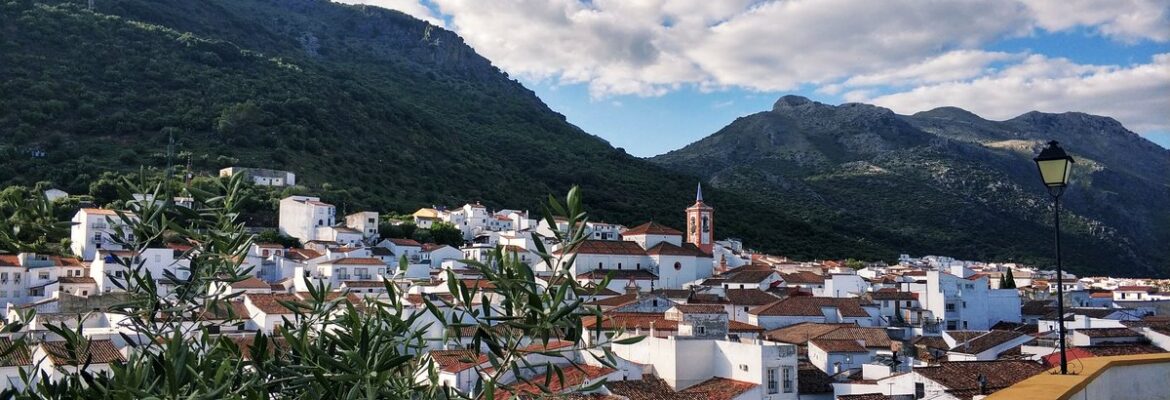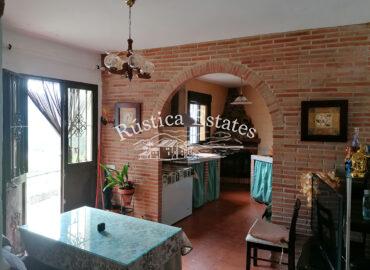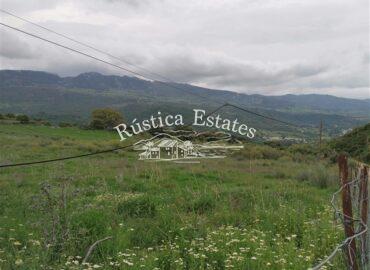During the 11th and 12th centuries B.C., Phoenician expeditions arrived in what is now Cortes, and confronted the Tartessians, whom they defeated, settling in this area and contributing numerous agricultural and commercial practices. Three centuries later, the Greeks arrived, rivals of the ancient settlers in the exploitation of trade. But their situation was insecure because almost all the nearby coasts were in the hands of the Carthaginians.
Greek colonisation, as in the rest of Andalusia, was short-lived, but this did not prevent the vigorous impulse they gave to civilisation in all areas. The people who left the greatest mark on Cortes are the Romans, from whom it even takes its name, meaning bastion or fortress. The remains of temples, monuments, statues, bridges and aqueducts, and even an important large settlement, Saepona, which is about eight kilometres from present-day Cortes, bear witness to their stay, as do the ruins of Cortes el Viejo, about two kilometres away, located on the slopes of the Sierra Blanquilla mountain range, from where the course of the Guadiaro river can be seen. Cortes and its district remained independent of the Visigoth kings for almost a whole century. After this time the Byzantines settled here and remained until the 7th century, when Visigothic authority became absolute.
From the many heights surrounding the town you can see the scene of the battle between the Arab-Berber army and the Visigoth army in 711, from which the Muslim troops emerged victorious. Cortes was one of the first towns to be occupied, establishing a peaceful coexistence that was to last for more than seven centuries and which has left an incalculable legacy, above all in the lexicon, although they respected the Latin name. Among the illustrious men of the period, Almanzor, the victorious, who owned numerous lands in Cortes, stands out. After his death, the town had a turbulent life, passing from the kingdom of Seville to the kingdom of Granada, and even at one time to the kingdoms of Ronda and Algeciras. It was conquered on 22 December 1248 in a campaign by King Ferdinand.
Conquered again by the Muslims, it came to depend with all its Mozarabic population on the kingdom of Granada. The Marquis of Cádiz, Don Rodrigo Ponce de León, made his entry into the Cortes on behalf of the Catholic Monarchs in around 1485. The current site dates from the 17th century, a period in which the exploitation of cork began to acquire importance, which is still one of its main sources of wealth.

Properties in Cortés de la Frontera
Ref. 002 Venta de casa de pueblo, Cortes de la Frontera
- 2
- 1
- 42 m²





